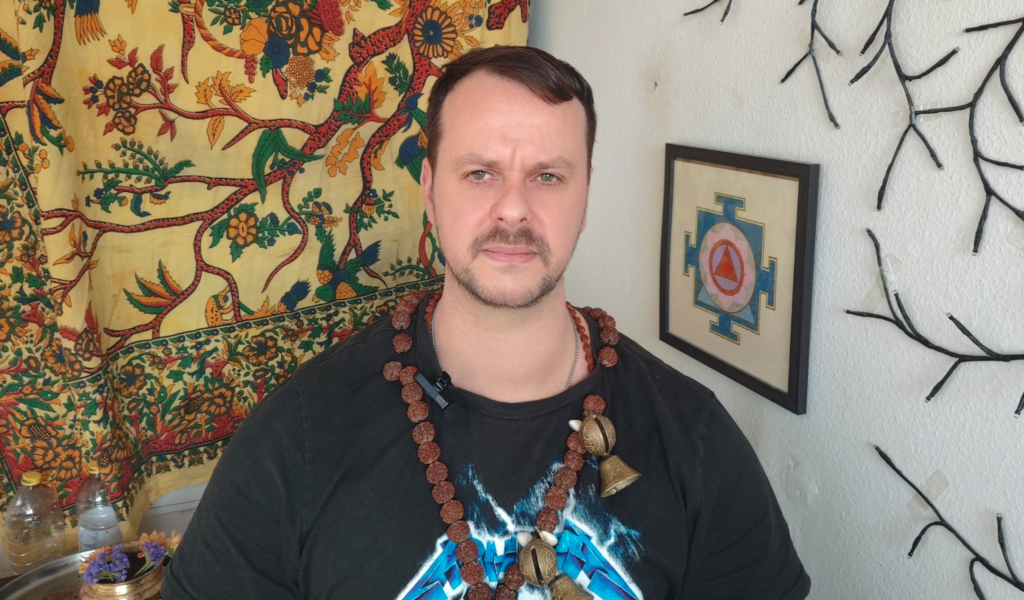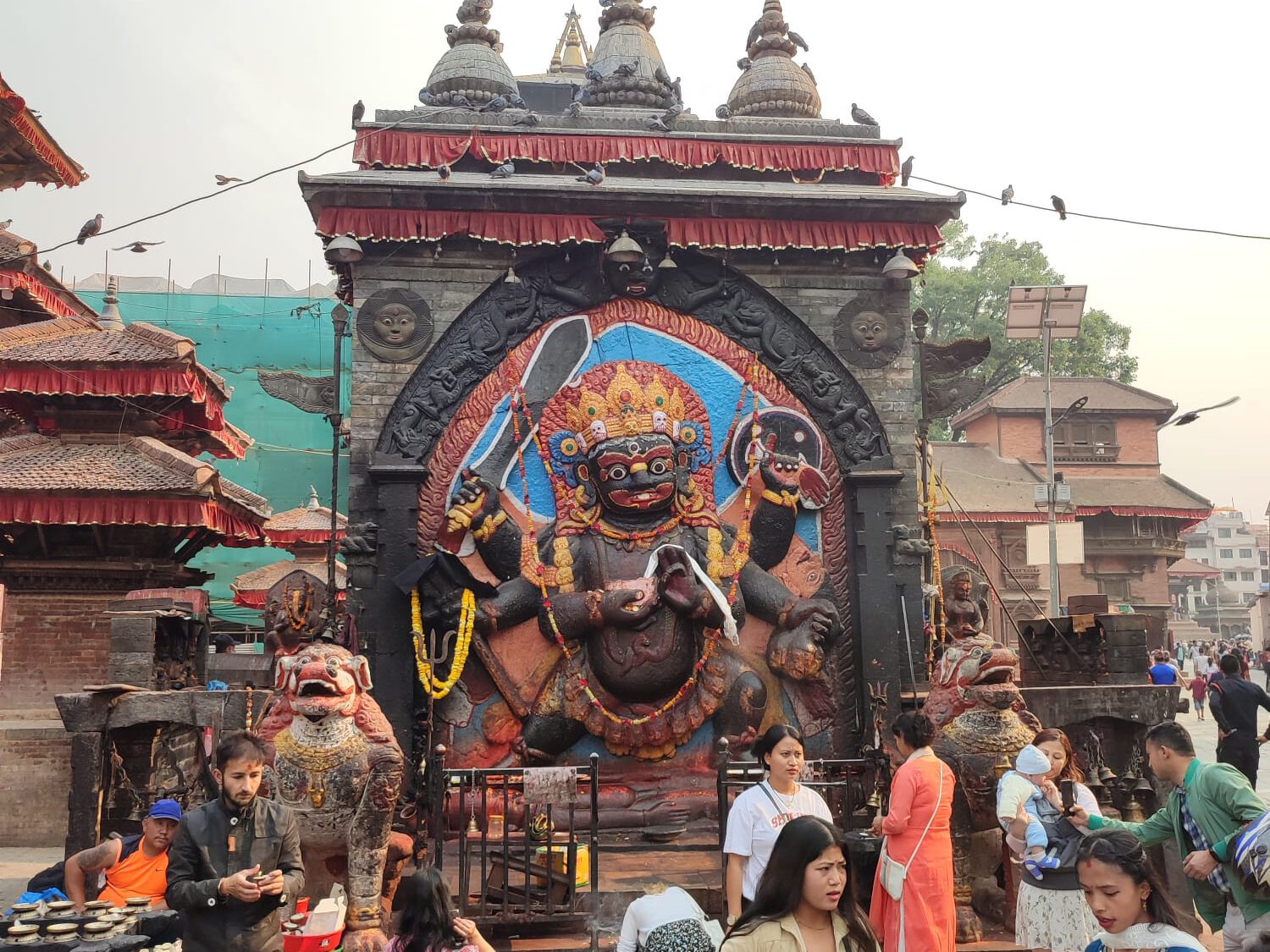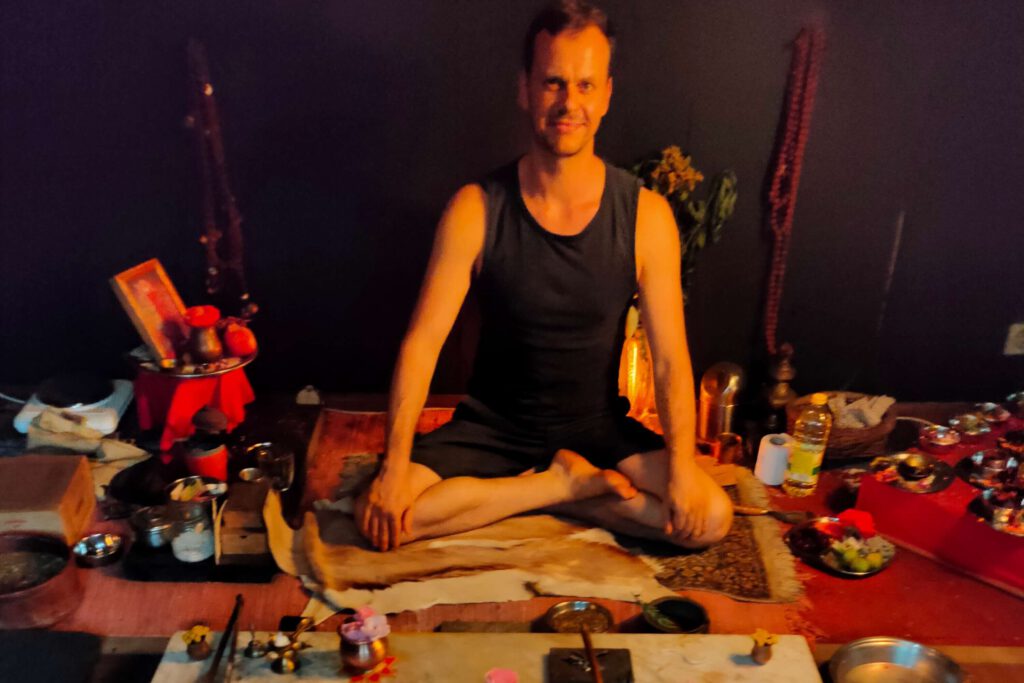
I am Sven Horn, a shaman in the Nepalese tradition, and I am writing here from my personal experience. I am not a scientist or an expert on the history of shamanism. Nevertheless, I would like to contribute my perspective on the subject with the information I have been taught by my teacher. For me, shamanism is not a religion and is an open concept, but there are overlaps in all cultures as to what a shaman does.
The root of shamanism is nature and the first shamans learned everything through the energies of nature. This connection and respect for nature is something that all shamanic traditions around the world have in common.
Of course, there are always shamans who go against the rules of nature and try to manipulate them for selfish motives. In the tradition from Nepal, I have learned that karma plays an important role here. The decisive factor is not the act itself but the motivation and purity of the heart. Shamans therefore follow an ethical code – a code of love, with nature as a model.
The shaman in traditional communities
In the past, we humans lived in small, nature-loving communities. In these villages or clans, the shaman played a central role – not only as a healer, but also as a mediator between the visible and invisible world. He was responsible for the psyche of the community, so to speak.
The shaman healed illnesses through rituals, energy work or herbal medicine. He advised on important decisions, performed ceremonies, blessed the land or supported the hunt through spiritual guidance. A well-known example is the Native American rain dance, which was performed when the harvest failed. Or he traveled spiritually to other worlds to find out where new hunting grounds might be located. The work as a shaman therefore has nothing detached about it, but was geared towards life in a community and the practical benefits for people.

In Nepal, there is also the traditional worship of the gods. In Nepal, these are Shiva, Bhairava and Kali in particular. There is also the worship of the elements fire, water, earth, air and space (Akash). In many civilizations, the sun is a deity and is worshipped. This connection and respect for the sun makes it an ally, so to speak, during shamanic rituals.
The diverse tasks of a shaman
Depending on the culture, geographical location and tradition, a shaman could fulfill many functions:
- Healer for physical, emotional and spiritual ailments
- Ritual guide for transitional phases (birth, death, marriage)
- Spiritual advisor and seer
- Energetic cleanser of people, houses or places
- Communicator with ancestors and spiritual helpers
- Herbalist and bearer of sacred medicine
- Teacher of spiritual practices and lifestyle
The shaman in the modern age

Traditional communities in nature hardly exist today – and the role of the shaman has changed as a result. Instead of being present in the village, a shaman is now sought out like a spiritual therapist or healer. People come with specific concerns and usually expect a concrete solution – similar to a visit to the doctor.
However, shamanic work itself has not changed. Shamans still work with spiritual forces, perform rituals and use their connection to other worlds to bring healing and knowledge.
What does a shaman offer today?
A shaman can make the following shamanic offerings in the modern world:
- Energetic cleansing (aura, chakras, rooms)
- Soul retrieval (healing of traumas and soul loss)
- Dissolution of curses, karmic burdens and old contracts
- Ancestor work and connection to the spiritual world
- Healing rituals with mantras, fire, water or plants
- Spiritual counseling for life crises, illnesses or relationship conflicts
Effectiveness independent of faith
The effect of shamanic work does not depend on whether you “believe in it” or not. The energies that are worked with work independently of the mind. Nevertheless, many people today lack a deep connection to nature, the community and the spiritual world. Without this connection, modern ailments such as exhaustion, anxiety or chronic illnesses arise – symptoms that the shaman cannot simply “conjure away”.
In many cases, the shaman can only alleviate the symptoms, but not completely remove the cause if the spiritual connection is missing or blocked.
Holistic healing – Conventional medicine and shamanism
The best solution is often a combination of modern medicine and shamanic healing. The shaman works on a spiritual level, while a doctor or therapist supports the body or psyche with scientific means. Both perspectives can complement each other wonderfully.
In general, it is advisable to consult different diagnoses and points of view. In the Nepalese tradition, no consideration is required for a healing, as the shamans already had an income as normal farmers. This also makes it possible to carry out the healing without any mutual karmic burden. Nowadays, our medical system is based on earning money from the patient.
The task of the shaman in the modern age
What does a shaman do? He heals, accompanies, clarifies, advises – on a spiritual level. Even today, the shaman still fulfills an important function. He helps people to reconnect – with themselves, with nature, with their ancestors, with the spirit.
If you feel that you need support on a spiritual level – be it with inexplicable problems, emotional pain or an illness – then you are welcome to contact me for a shamanic healing. Namaste